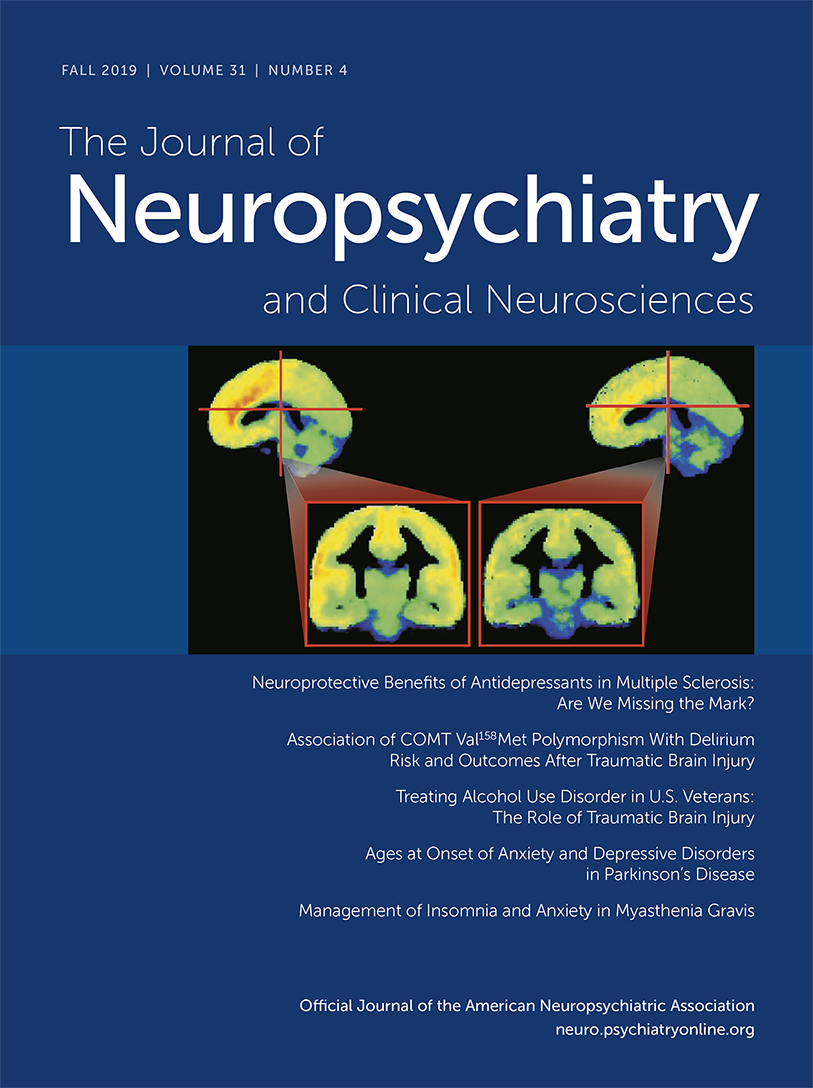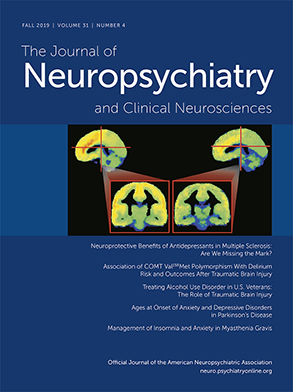Hiding in Plain Sight: Functional Neurological Disorders in the News
Abstract
Objective:
Methods:
Results:
Conclusions:
| Rated functional | Rated “organic” | |||||||
|---|---|---|---|---|---|---|---|---|
| Case | Year | Age (years)/sex | Diagnosis in news story | Raters (%) | Mean confidenceb | Raters (%) | Mean confidenceb | Selected positive signsc |
| 1 | 2016 | 36/Male | Dystonia, dystonic storms | 100 | 9.4 | 0 | — | Asynchronous clonic movements; rhythmic pelvic movements; variable tremulous movement; abnormal movements seem activated by a light tactile stimulus |
| 2 | 2012 | 16/Female | Lyme disease | 100 | 9.9 | 0 | — | Noneconomic posture while walking; extreme variability; incongruence; attention modulation |
| 3 | 2016 | NA/Male | Tremor, medication-induced | 100 | 9.9 | 0 | — | Whack-a-mole sign; tremor in different directions; volitional control to stop tremor |
| 4 | 2017 | 27/Female | Dystonia, drug-induced | 100 | 9.7 | 0 | — | Lip-pulling sign; huffing and puffing sign; crouched gait; mixed and incongruent phenomenology |
| 5 | 2017 | NA/Female | Unnamed condition | 100 | 7.9 | 0 | — | Huffing and puffing sign; clenching fist in absence of spasticity/parkinsonism; gasping for air but not during speech; dragging gait; bilateral fixed ankle posturing with inversion; fixed dystonia |
| 6 | 2013 | 41/Female | Dystonia | 100 | 9.2 | 0 | — | “Other Babinski” sign; lip-pulling sign; symmetry of platysma contraction |
| 7 | 2016 | NA/Female | Surgery-induced tremor | 90 | 7.8 | 10 | 8.0 | Variability of frequency and amplitude of tremor; pause with ballistic movement; distractible |
| 8d | 2015 | 35/Male | Dystonia | 0 | — | 100 | 9.5 | Striatal postural deformities; patterned dystonic postures; scoliotic dystonic trunk abnormality |
Methods
Results
| Rated psychogenic | Rated “organic” | |||||||
|---|---|---|---|---|---|---|---|---|
| Case | Year | Age (years)/sex | Diagnosis in news story | Raters (%) | Mean confidenceb | Raters (%) | Mean confidenceb | Selected positive signsc |
| 1 | 2017 | 19/Female | Epilepsy | 90 | 8.6 | 10 | 6.0 | Eye closure; back arching; eyes roll up; high variability of events; rapid recovery |
| 2 | 2015 | 35/Female | Epilepsy | 100 | 9.4 | 0 | — | Eyes closed; waxing/waning; body thrusting; movements mild with no suggestion of increased tone |
| 3 | 2016 | 23/Male | Unknown disease | 100 | 7.6 | 0 | — | Side-to-side head shaking; forced eye closure; rolling side to side; markedly variable manifestations; semipurposeful movements |
| 4 | 2015 | 21/Female | Clinically dead due to POTS | 100 | 9.4 | 0 | — | Buildup of the event with hyperventilation; prolonged floppy unresponsiveness |
| 5 | 2012 | 16/Female | Seizures due to Lyme disease | 100 | 9.5 | 0 | — | Ictal crying; asynchronous low-amplitude tremulous shoulder movements |
| 6 | 2016 | 16/Female | Seizures | 90 | 5.7 | 10 | 2.0 | Sudden loss of consciousness with intense emotion; prolonged unresponsiveness; no apparent premonitory symptoms or signs |
| 7 | 2015 | 21/Female | Seizures due to mast cell disease | 100 | 8.4 | 0 | — | Closed eyes; asynchronous side-to-side head and shoulder movements |
| 8d | 2016 | 10/Female | Seizures | 0 | — | 100 | 8.5 | Eyes open; eye deviation to the side; rhythmic, synchronous tonic-clonic movements |
Discussion
References
Information & Authors
Information
Published In
History
Keywords
Authors
Funding Information
Metrics & Citations
Metrics
Citations
Export Citations
If you have the appropriate software installed, you can download article citation data to the citation manager of your choice. Simply select your manager software from the list below and click Download.
For more information or tips please see 'Downloading to a citation manager' in the Help menu.
View Options
View options
PDF/EPUB
View PDF/EPUBLogin options
Already a subscriber? Access your subscription through your login credentials or your institution for full access to this article.
Personal login Institutional Login Open Athens loginNot a subscriber?
PsychiatryOnline subscription options offer access to the DSM-5-TR® library, books, journals, CME, and patient resources. This all-in-one virtual library provides psychiatrists and mental health professionals with key resources for diagnosis, treatment, research, and professional development.
Need more help? PsychiatryOnline Customer Service may be reached by emailing [email protected] or by calling 800-368-5777 (in the U.S.) or 703-907-7322 (outside the U.S.).

